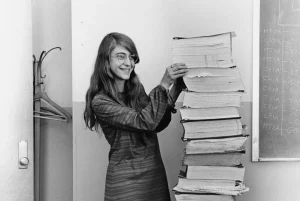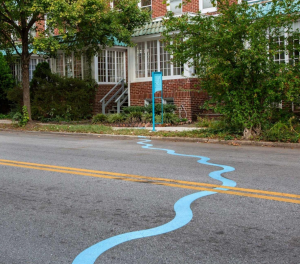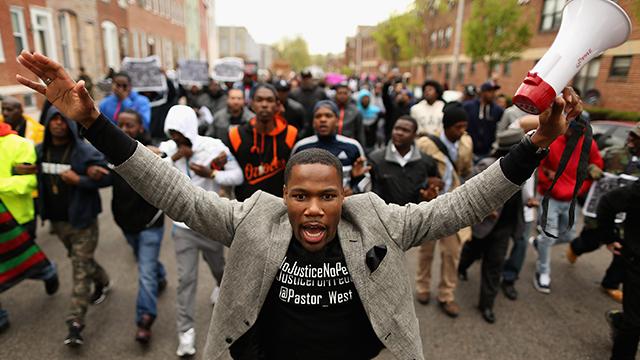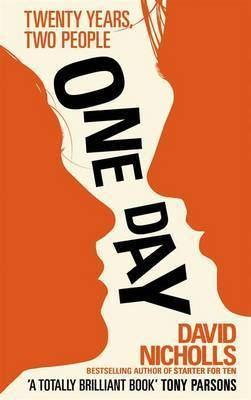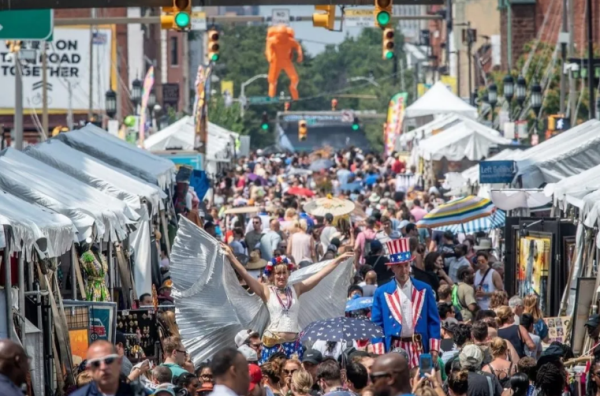History Repeats Itself in Baltimore
The recent uprisings in Baltimore have invoked memories from the Baltimore riots of 1968. Though this year’s events did not reach nearly the magnitude of that past chaos, there are many parallels between the two outbursts. Both were fueled by the unjustified death of a black man. Both came among similar unrest around the country. Both occurred near the same poverty-stricken areas of the city.
So why are the country, state, and city still struggling with the same issues of oppression and resentment that sparked similar violence forty-seven years ago?
The answer in part is the phenomenon of systematic racism that has plagued the city for decades. Systematic racism describes public policies and governmental actions that are made with a racial agenda and usually end with one race or group purposefully separated or disadvantaged.
Baltimore’s housing projects are not an accidental or recent development. These dense and homogenous areas grew from the segregated blocks or racial zones commissioned in the 1910s. Even after racial zoning was ruled unconstitutional, officials promoted unwritten covenants to keep races separate and to protect white neighborhoods. The results were concentrated “ghetto” areas on the east and west sides of the city that had grown by the 1930s. The city’s population was then 20% black and confined to just 2% of the city’s land mass.
The problems didn’t end there. In order to clear these “slum areas,” public housing was built. But every time a project was proposed as integrated or planned to be built near a white neighborhood, public uproar ensued and politicians followed the requests of the people.
Consequently, primarily black housing continued to be confined to the most ill-suited parts of the city. And as the post World War II boom brought a huge housing market for whites, even less land became available for black residency. When more housing projects were needed, even more public opposition to various integrated policies and locations came up, and projects were then restricted strictly to “slum areas.” In the construction of these projects, thousands of African Americans were displaced as their living costs increased with the new housing. Generations of African Americans had now been born or placed in the most segregated and poorest parts of the city and could do nothing about it.
This forced segregation did not end with housing. After Brown v. The Board of Education, schools still remained racially homogenous simply because attendance was based on residency. The white neighborhoods kept their mostly white schools, and the black neighborhoods kept their mostly black schools. They were still separate but still not equal. The white suburbs that had been explicitly closed to blacks obviously had a higher paying tax base, improving their schools far above those of the institutions funded primarily by the segregated areas. This trend remains in effect today, the gap between county and city schools ever alarming.
All of these conditions built up the frustration, resentment, and poverty that exploded in the riots of 1968, sparked by the assassination of Dr. Martin Luther King Jr. 5,500 people were arrested and over 1000 businesses were looted or destroyed. 200 businesses were lost on the April 27th, 2015 unrest.
Though these numbers seem far apart, the fact that similar conditions could ignite similar unrest decades later is a testament to the stagnant conditions of Baltimore’s poorest neighborhoods. Part of the process of healing the city and preventing future devastation will have to be examining the city’s past policies and attempting to relieve their effects. History is doomed to repeat itself again if the crippling effects of long segregated housing remain.
